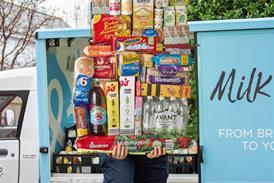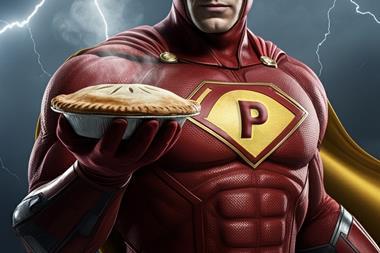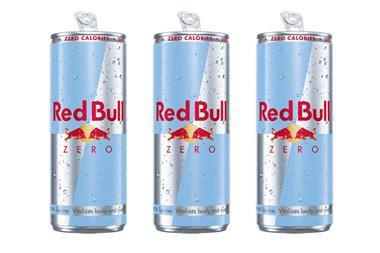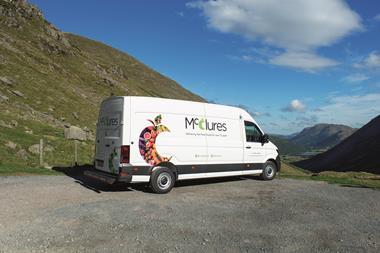Mike Ingham
Traditional cuts of beef may be losing their role in the kitchen faster than anticipated.
The latest data appears to vindicate the few meat industry spokesmen who have been warning publicly of a demand shift so dramatic as to alter the economic fundamentals of cattle procurement and carcase processing in Britain.
Increasing proportions of mince and ready meals in total household purchases of beef are familiar trends.
But recent estimates from TNS indicate these lines now have a much greater share of the in-home market than commonly recognised.
Using the data, it can be claimed chilled and frozen beef ready meals now match total household purchases of all steaks and roasting joints. Frozen ready meals alone almost equal fresh and frozen steak purchases or total stewing beef sales.
The key numbers in the new TNS Superpanel survey results are the 41.2% share of total beef purchases accounted for by traditional cuts and joints together with mince, and the 19% share comprising ready meals.
Many of the supermarkets' critics in the livestock farming industry would be startled by the diminutive proportion of the traditional cuts after excluding the mince.
Mince is 40% of the fresh and frozen beef volume, and therefore roughly 16% of household purchases of all beef and beef-based products.
Steaks, supposedly the cattle producers' and slaughterers' crucial offering to consumers, actually accounted for only about 6% in the first three months of this year, according to the TNS data.
Brian Pack, chief executive of major Scottish livestock auctioneering and slaughtering co-operative ANM Group, voiced processors' concerns at a recent industry conference.
He said that the large proportion of mince in total beef sales "coupled with the rapidly increasing share of the market held by ready meals" made earning premiums difficult.
{{MARKET EDGE }}
Traditional cuts of beef may be losing their role in the kitchen faster than anticipated.
The latest data appears to vindicate the few meat industry spokesmen who have been warning publicly of a demand shift so dramatic as to alter the economic fundamentals of cattle procurement and carcase processing in Britain.
Increasing proportions of mince and ready meals in total household purchases of beef are familiar trends.
But recent estimates from TNS indicate these lines now have a much greater share of the in-home market than commonly recognised.
Using the data, it can be claimed chilled and frozen beef ready meals now match total household purchases of all steaks and roasting joints. Frozen ready meals alone almost equal fresh and frozen steak purchases or total stewing beef sales.
The key numbers in the new TNS Superpanel survey results are the 41.2% share of total beef purchases accounted for by traditional cuts and joints together with mince, and the 19% share comprising ready meals.
Many of the supermarkets' critics in the livestock farming industry would be startled by the diminutive proportion of the traditional cuts after excluding the mince.
Mince is 40% of the fresh and frozen beef volume, and therefore roughly 16% of household purchases of all beef and beef-based products.
Steaks, supposedly the cattle producers' and slaughterers' crucial offering to consumers, actually accounted for only about 6% in the first three months of this year, according to the TNS data.
Brian Pack, chief executive of major Scottish livestock auctioneering and slaughtering co-operative ANM Group, voiced processors' concerns at a recent industry conference.
He said that the large proportion of mince in total beef sales "coupled with the rapidly increasing share of the market held by ready meals" made earning premiums difficult.
{{MARKET EDGE }}

















No comments yet